This guide explores a selection of stunning annuals that flourish under morning rays, ensuring that your garden sparkles with life and beauty. Each flower brings its distinct charm and characteristics, perfect for various garden styles and conditions.
Sweet Pea
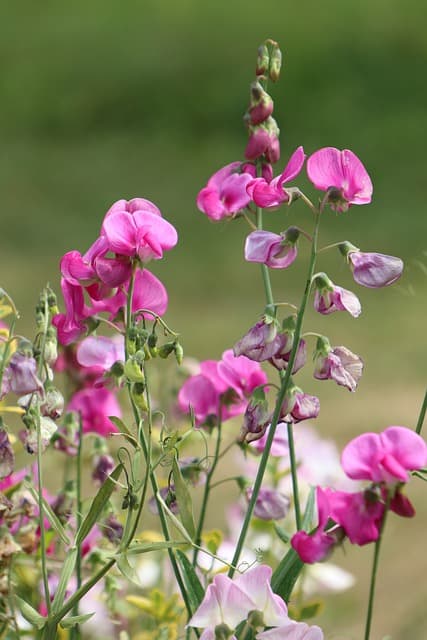
Sweet peas are cherished for their delightful fragrance and a rich palette of colors ranging from soft pastels to vibrant hues. These climbing plants can be grown as annuals, climbing trellises or draping over fences, creating an enchanting display. They thrive in cooler conditions with morning sun, offering a refreshing diversity to gardens.
Plant sweet peas in well-draining soil with ample organic matter, such as compost. Regular watering is essential, but ensure the soil does not remain soggy. The sweet aroma of these flowers not only attracts bees and butterflies but also enhances the garden’s sensory experience. For the best results, consider planting them in early spring to enjoy their blooms throughout the cool months.
Sweet Alyssum

Sweet alyssum is a staple for borders and containers, known for its delicate, tiny flowers that create a lush carpet of color. Its low-growing habit makes it ideal for cascading over walls or edges, filling gaps between taller plants. Sweet alyssum prefers easy care and can tolerate the cooler morning sun beautifully.
This annual flower thrives in well-drained soil and appreciates regular watering, yet it is drought tolerant once established. The subtle honey-like scent of sweet alyssum attracts beneficial insects, creating a harmonious ecosystem in your garden. Furthermore, deadheading spent flowers encourages continuous blooming, making it a favorite among gardeners seeking long-lasting color.
Ammi

Sometimes referred to as “lace flower,” Ammi majus brings an exquisite, delicate touch to floral arrangements and gardens. This annual has airy clusters of tiny white flowers that resemble clouds, floating gracefully above fern-like foliage. Ammi flourishes in the soft morning light, standing tall and proud among other garden flora.
As a sturdy, self-supporting flower, it’s perfect for creating a natural, wildflower aesthetic. Ammi prefers well-drained soil and moderate watering—make sure to allow it to dry out between waterings. It’s an excellent plant for pollinators, often attracting necessary bees and butterflies, and serves as a beautiful filler in bouquets, complementing more robust flowers.
Gerber Daisy
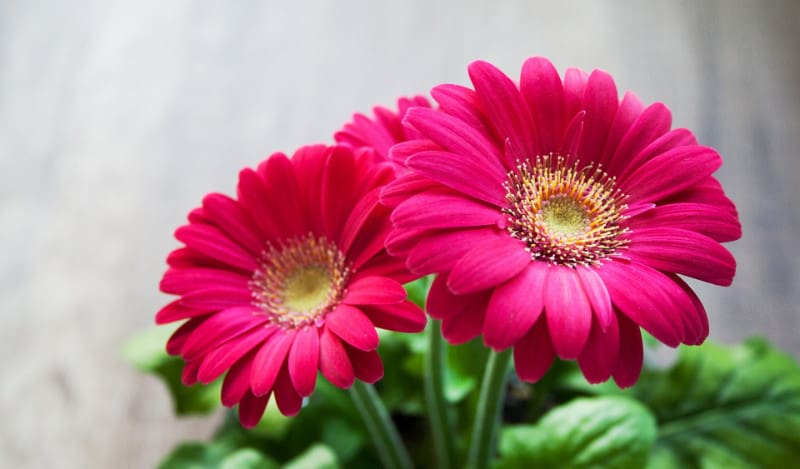
Gerber daisies are among the most vibrant annuals, celebrated for their large, bold blossoms in colors that span the spectrum. These sunny flowers thrive in full sun, making them exceptional companions for areas that bask in the morning light. The striking floral face of the daisy adds a cheerful ambiance to any garden.
Plant Gerber daisies in fertile, well-drained soil to encourage robust growth. They benefit from regular watering but should not be immersed in overly soggy soil. With proper care, Gerber daisies will bloom reliably, making wonderful cut flowers for indoor arrangements, allowing you to enjoy the beauty of your garden even within your home.
Lantana
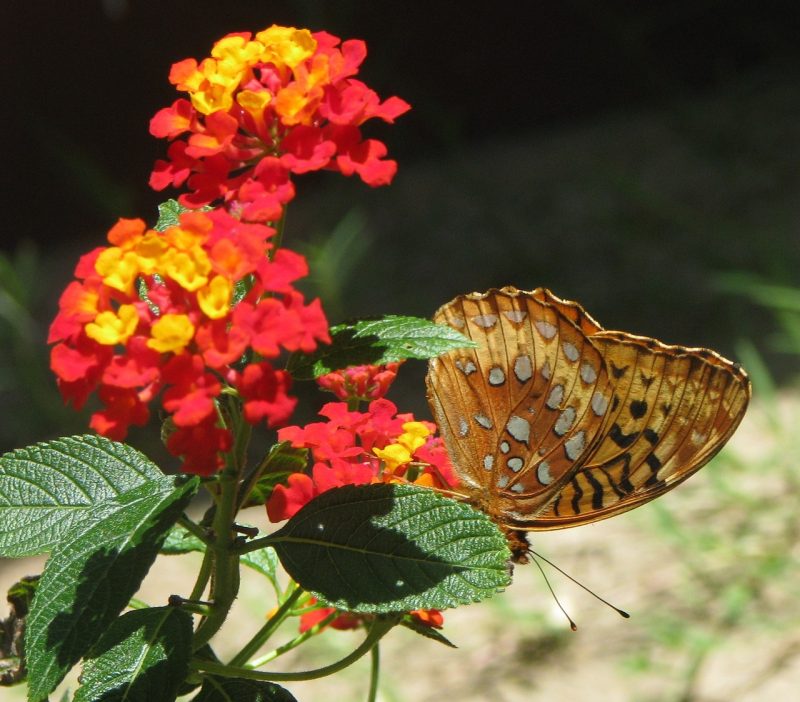
Lantana is a heat-loving annual that thrives in sunny borders and containers, known for its clusters of small, vibrant flowers. The foliage is equally fragrant, adding another layer of sensory appeal. By directing its growth towards the early sun, lantana establishes itself well, encouraging robust blooming throughout the summer.
This hardy plant is drought-resistant once established, thriving in poor soil, which makes it an ideal choice for gardeners seeking low-maintenance blooms. Lantana’s ability to attract butterflies makes it a favorite for pollinator gardens; additionally, its colorful clusters provide a visual treat throughout the warmer months. Experiment with different varieties for an eye-catching display.
Nasturtium
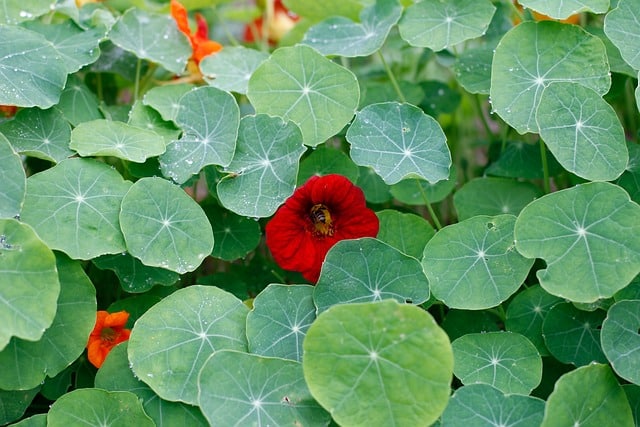
Nasturtiums are beloved not only for their beauty but also for their culinary uses. With vibrant orange, yellow, and red blooms, these flowers are celebrated for their peppery flavor, enhancing salads and garnishes. Nasturtiums thrive in well-drained soil under morning sun, making them a versatile addition to both ornamental and edible gardens.
These low-maintenance annuals are perfect for novice gardeners; they require little care and can tolerate poor soils. However, they do appreciate regular watering to keep them blooming abundantly. By incorporating nasturtiums into your garden, you not only enhance the aesthetics but also create a dual-purpose element that brings flavor to your plates.
Love in a Mist
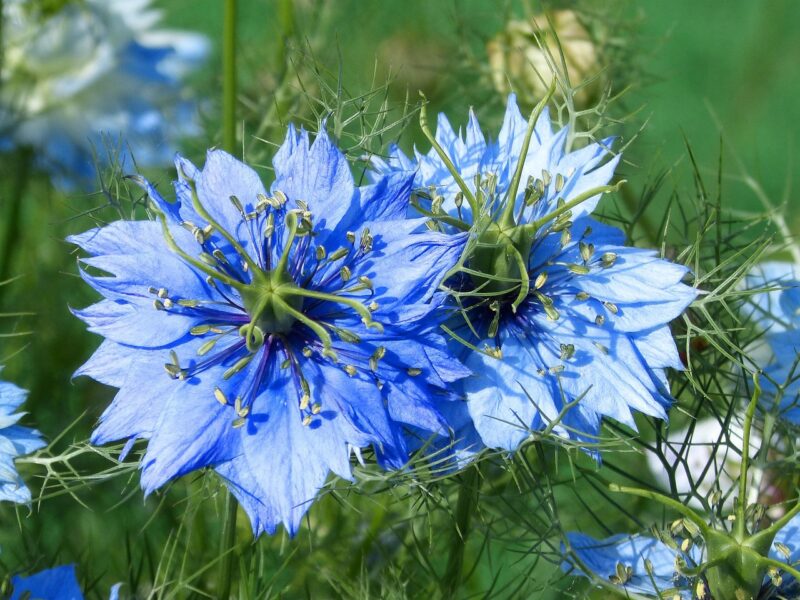
Love in a Mist, or Nigella, adds an ethereal quality to gardens with its unique, feathery foliage and captivating flowers. With shades ranging from soft blue to striking white and pink, love in a mist creates an enchanting display enhanced by delicate seed pods that develop after flowering. This annual prefers full sun and can thrive admirably in morning light, giving your garden depth and character.
Sow these seeds directly in well-draining soil to allow for self-seeding in subsequent years. They are generally drought-tolerant and require minimal maintenance. Along with their beauty, these plants are admired for attracting pollinators, and their seed heads can continue to offer visual interest long after the flowers fade.
Cornflower
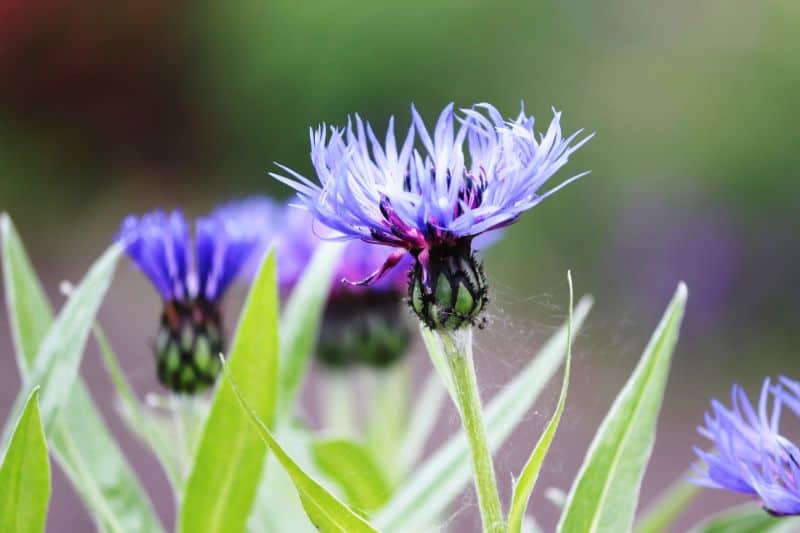
Cornflowers, also known as bachelor’s buttons, showcase vibrant blue hues that can infuse your garden with charm and nostalgia. These eye-catching flowers thrive in full sun, especially benefiting from the gentle warmth of the morning light. Their striking color adds visual depth and acts as a fantastic contrast against softer pastels and greens in your garden.
Ideal for cutting gardens, cornflowers are easy to grow and require little maintenance—they flourish in well-drained soil and can tolerate some drought once established. Deadheading will promote prolonged flowering, and their resilience to pests makes them an attractive choice for eco-friendly gardens.
Poppy
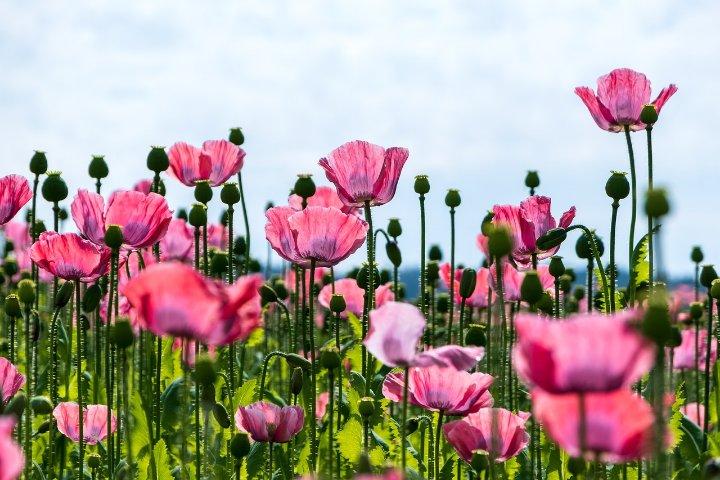
Poppies are iconic annuals known for their stunning, satiny petals and vibrant colors. The classic red poppy is particularly revered, but there are numerous varieties in various shades. They thrive in full sunshine, and the morning sun encourages their delicate flowers to bloom even more beautifully.
Poppies prefer well-draining soil and should be sown directly into the garden in early spring for optimal results. These flowers are relatively low-maintenance and require little watering once established. As an added bonus, their extensive seed pods can contribute to attracting birds and other wildlife, enhancing the natural beauty of your garden environment.
Zinnia
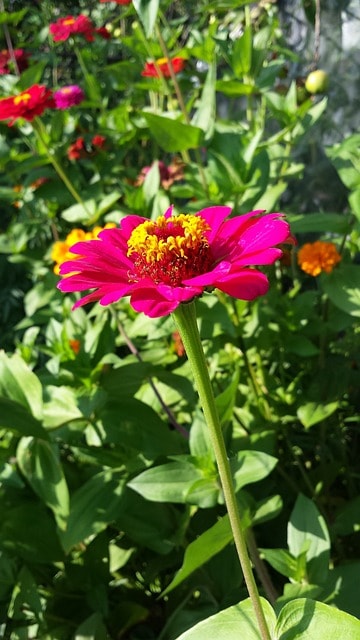
Zinnias are the quintessential garden flower, bringing a burst of color that lasts from summer through fall. With a wide range of sizes and colors, zinnias thrive in full sun, making them perfect for those blessed with morning light. Their sturdy stems and abundant blooms make them an ideal choice for vibrant border plantings and container arrangements.
Plant zinnias in fertile, well-drained soil, and ensure they receive ample water during hot spells. These flowers are exceptionally easy to grow, often requiring minimal care. Regular deadheading encourages ongoing blooming and attracts butterflies and bees, promoting a lively and dynamic garden atmosphere.
Petunia
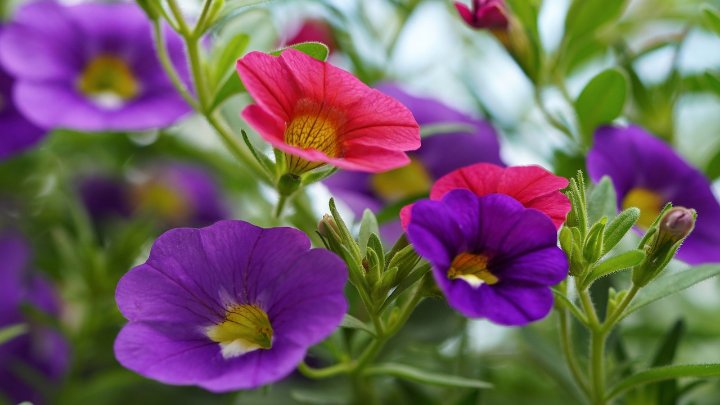
Petunias are an all-time favorite in gardens and containers alike, celebrated for their extensive color range, including bold blues, lively pinks, and rich purples. These sunny annuals thrive in full sunlight, making them perfect candidates for areas that receive abundant morning light.
To achieve the best results, plant petunias in nutrient-rich, well-draining soil and provide them with regular watering, especially during the hot months. Their adaptability makes them suitable for a variety of garden styles, from traditional to modern. With proper care, petunias provide long-lasting blooms, becoming a treasured element of your summertime landscape.
Begonia
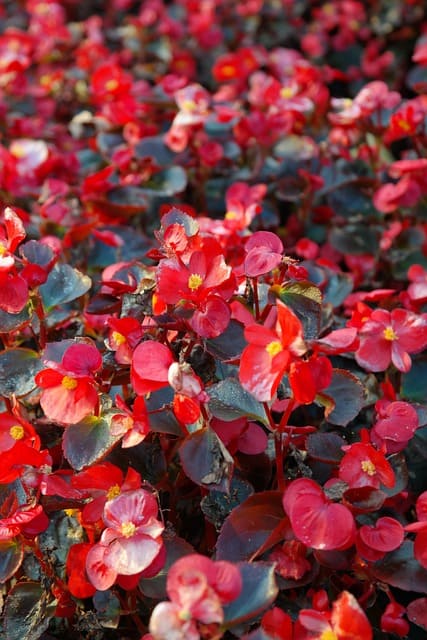
While many begonia varieties prefer shade, the sun-loving begonias are perfect for those mornings filled with bright sunlight. With their large, glossy leaves and vibrant blooms, begonias add a tropical flair to flower beds and borders. When grown in morning sun, they exhibit stunning colors and a lush appearance.
Begonias prefer well-drained soil and should be watered regularly, particularly during dry spells. They provide spectacular visual interest throughout the growing season and require minimal maintenance. Known for their resilience, they can adapt to varying garden conditions, making them an excellent choice for casual and formal landscapes alike.
Angelonia
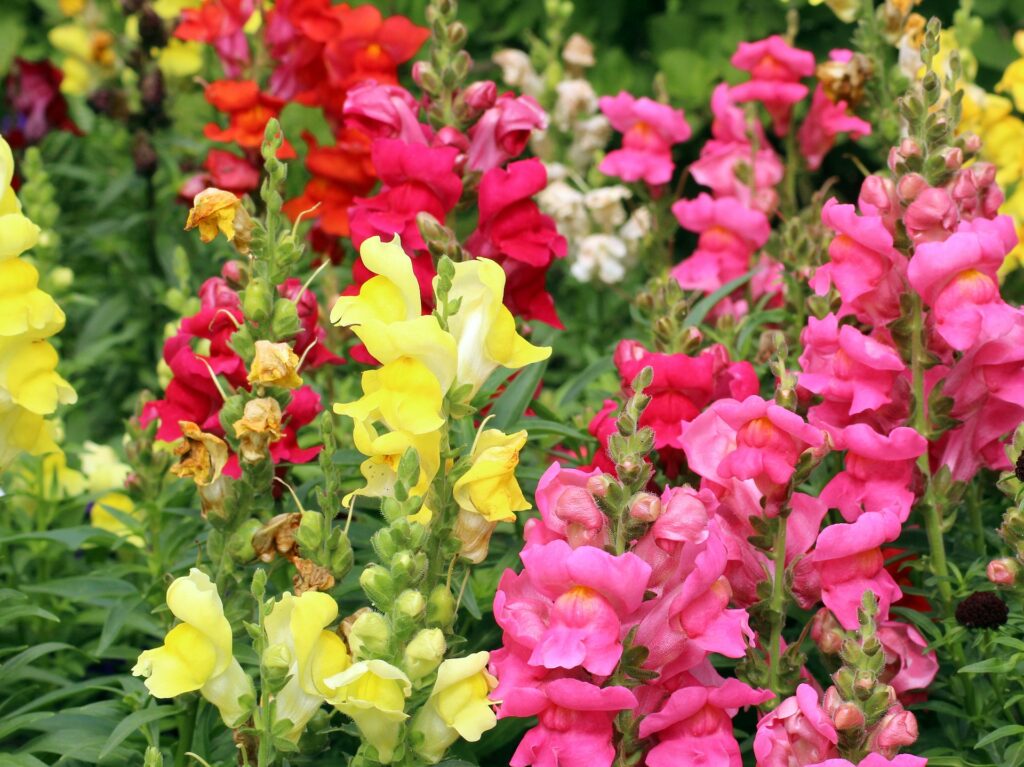
Often referred to as “summer snapdragons,” angelonia are adaptable flowers that bring vertical interest to gardens with their tall spires of colorful blooms. They thrive in full sun, and morning rays are perfect for encouraging robust growth and vibrant flowering.
Angelonia are drought-tolerant and can withstand heat well, making them ideal for warmer climates. Plant them in well-drained soils and deadhead them regularly to extend their blooming season. Their long-lasting flowers are perfect for cutting gardens and add a soft touch to arrangements, providing both appeal and longevity.
Celosia
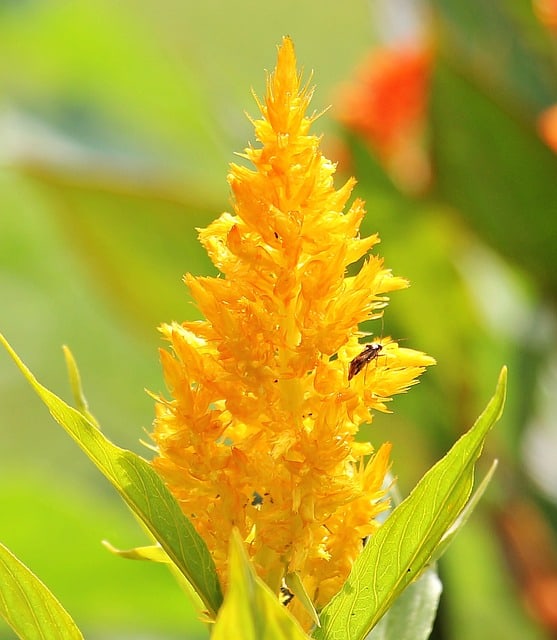
Celosia, popularly known as cockscomb or wool flower, stands out with its unique, feathery flower heads resembling flames or velvet cushions. These striking annuals thrive in sunny spots, basking under the gentle morning sun to achieve their vibrant hues.
Plant celosia in well-drained soil, as they prefer slightly drier conditions; overwatering can be detrimental to their health. They are fairly resistant to pests and are excellent choices for creating eye-catching focal points in flower beds. Their unusual flower shapes and colors also make them a delightful addition to dried flower arrangements.
Cosmos

Cosmos are charming and carefree flowers that boast bright colors and a delicate structure. These tall, slender plants with daisy-like blooms thrive brilliantly under full sun, especially with the morning’s gentle warmth. Their feathery foliage adds a delicate texture to any garden setting.
Plant cosmos directly in well-drained soil and ensure they receive plenty of sunlight for optimal growth. These flowers are drought-resistant once established, making them ideal for low-maintenance gardens. With proper care, the continuous blooms and ability to attract pollinators enhance the overall garden environment, inviting beauty and liveliness.
Geranium

Geraniums are versatile annuals that come in an array of colors and forms, perfect for hanging baskets, borders, or containers. These sun-loving plants thrive well in full sun, particularly benefiting from the morning rays that help them produce striking blooms.
To care for geraniums, plant them in well-draining soil and keep them well-watered, especially during dry spells. Their resilience to heat makes them well-suited for warmer climates, and when deadheaded regularly, they offer extended blooming periods. Geraniums are also admired for their aromatic foliage, adding a pleasing scent to your garden space.
Impatiens
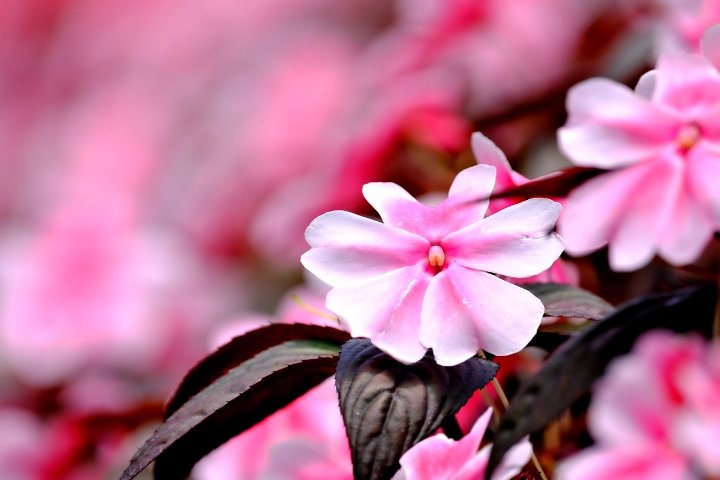
While many may think of impatiens as shade dwellers, the newer varieties are bred to enjoy more sun, including the morning rays. These treasured annuals bloom profusely in a myriad of colors, bringing energy and life to any flower bed or container.
Plant them in well-drained soil and make sure to water them consistently, especially in hotter climates. Their ability to bloom continuously throughout the season adds a delightful burst of color to your garden. Impatiens also provide excellent ground cover, making them a practical choice for filling gaps or enhancing the lushness of your landscape.
Marigold
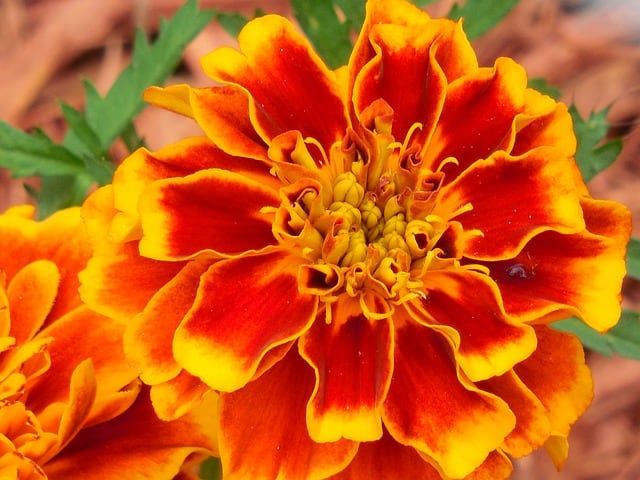
Marigolds are often the florist’s favorite for their cheerful blooms and rich colors, primarily in shades of gold, orange, and cream. These sturdy plants are well-known for thriving in full sun and are particularly resilient to various garden conditions, including poor soil.
These prolific bloomers prefer well-draining soil and will benefit from regular watering. Marigolds are not only appreciated for their ornamental value; they have natural pest-repelling properties, making them perfect companions in edible gardens. Plant marigolds to deter unwanted pests while enjoying their vibrant blooms all season long.
Snapdragon
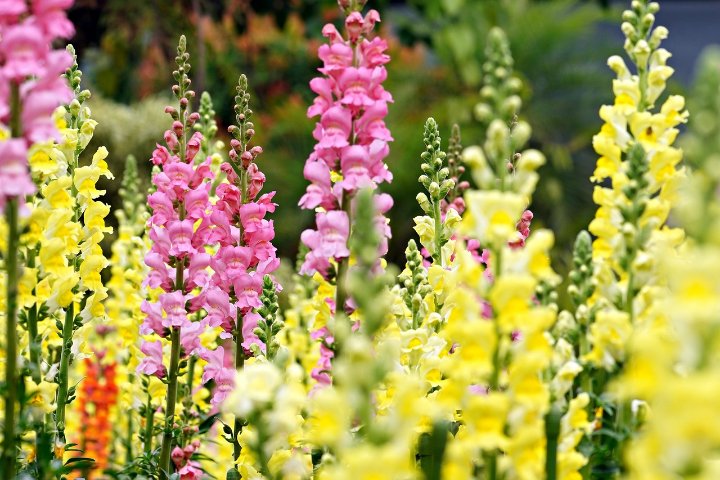
Snapdragons are a classic garden favorite for their stunning vertical spikes adorned with intricate blooms, thriving in the refreshing embrace of morning sun. With a broad spectrum of colors, these flowers stand out beautifully in any flower bed.
Plant snapdragons in fertile, well-draining soil and ensure consistent moisture, particularly during dry spells. They are relatively easy to cultivate and offer continuous blooms throughout the growing season when frequently deadheaded. Snapdragons also attract hummingbirds and beneficial insects, enriching your garden’s biodiversity while enhancing its visual appeal.
Sunflowers

Sunflowers are iconic symbols of summer, radiating joy and warmth with their large, cheerful faces that follow the sun’s path throughout the day. These sun-worshipping beauties thrive in full sun, making them ideal for capturing the blissful rays of the morning.
Plant sunflowers directly in the ground or in containers with well-draining soil. They are drought-resistant, requiring minimal water once established. Their towering presence creates a dynamic visual interest, and their seeds attract birds, further enhancing your garden’s vibrancy. Sunflowers possess a remarkable ability to bring happiness and a sense of wonder to any outdoor space.





